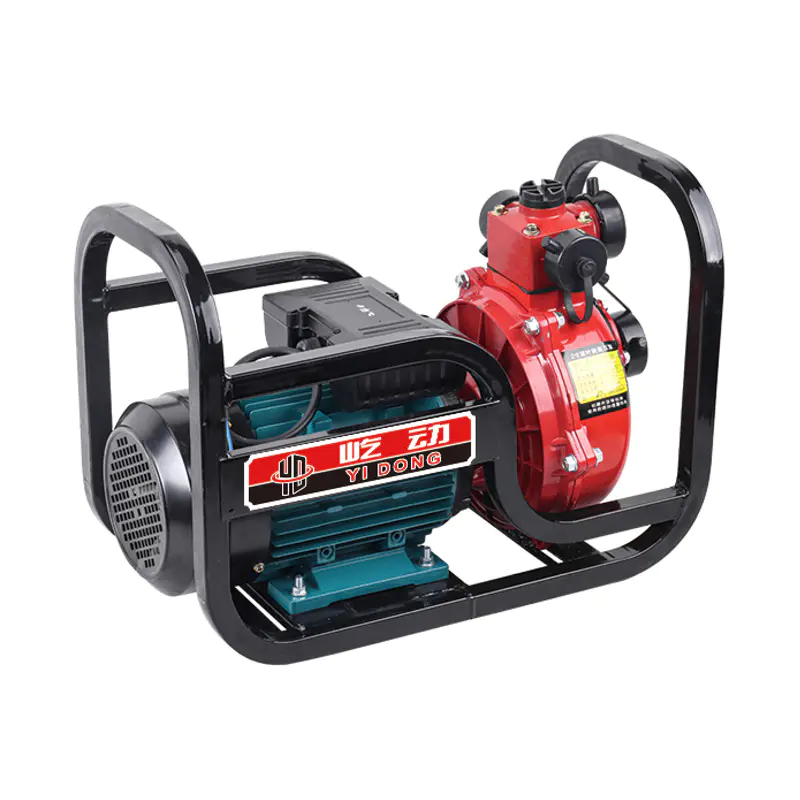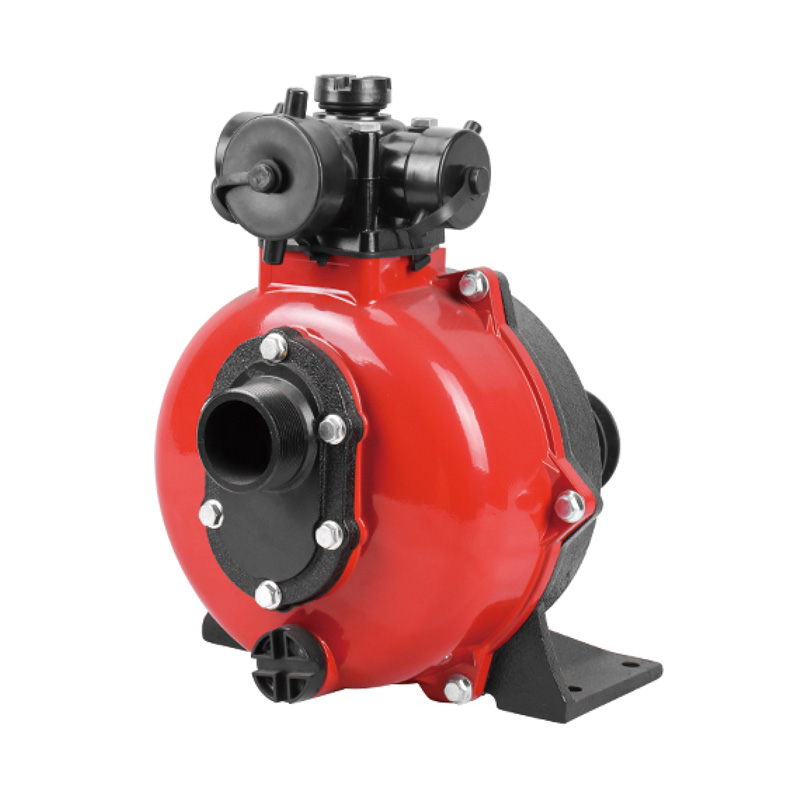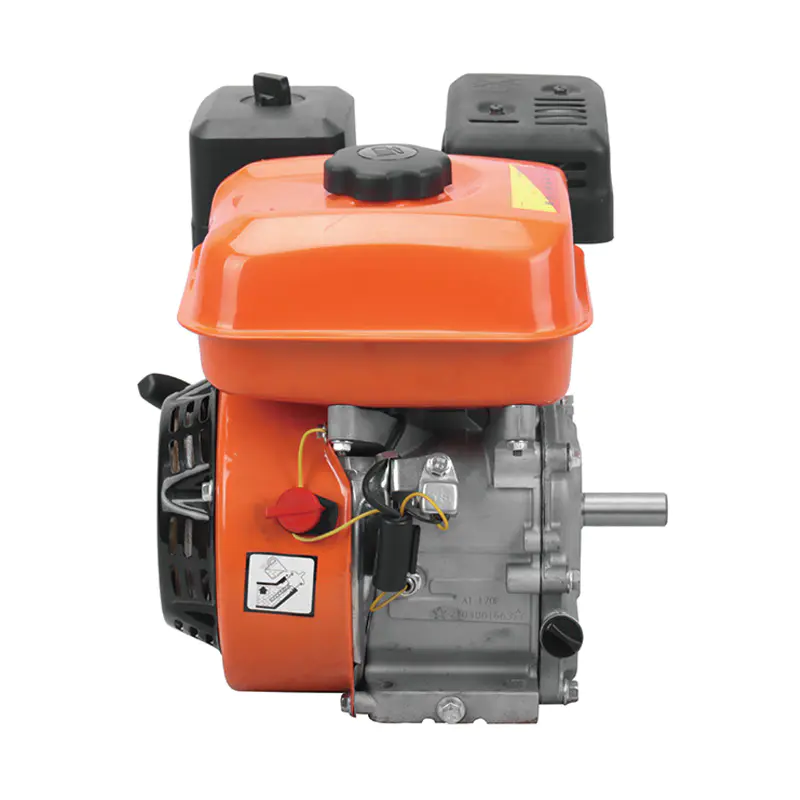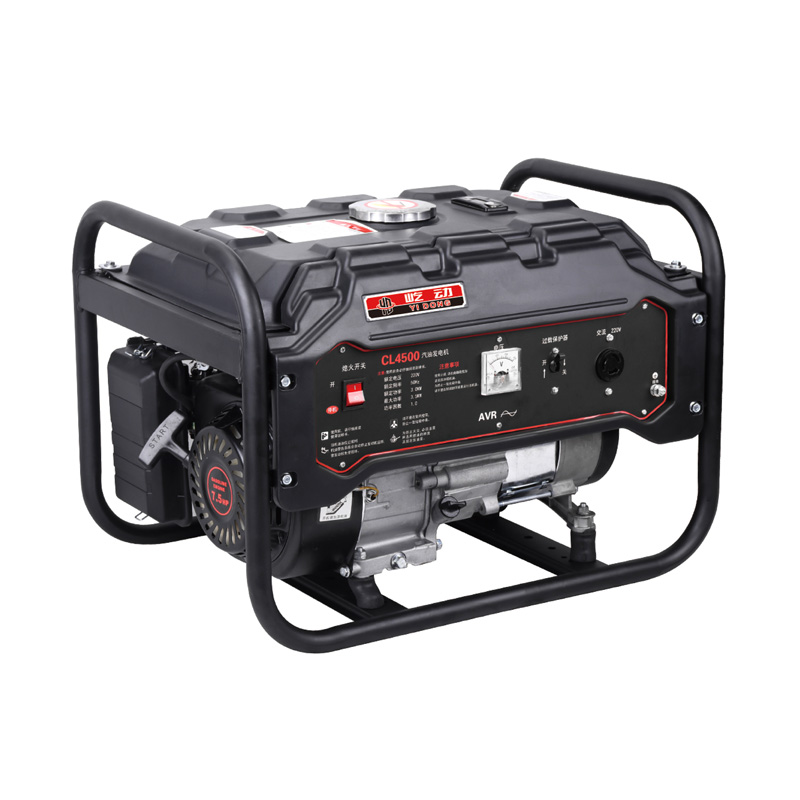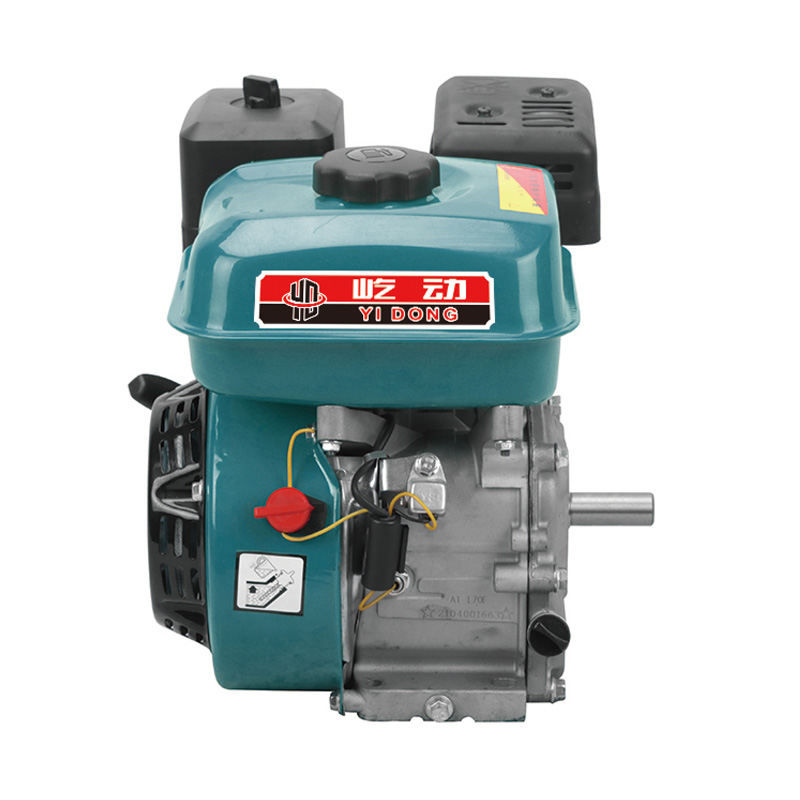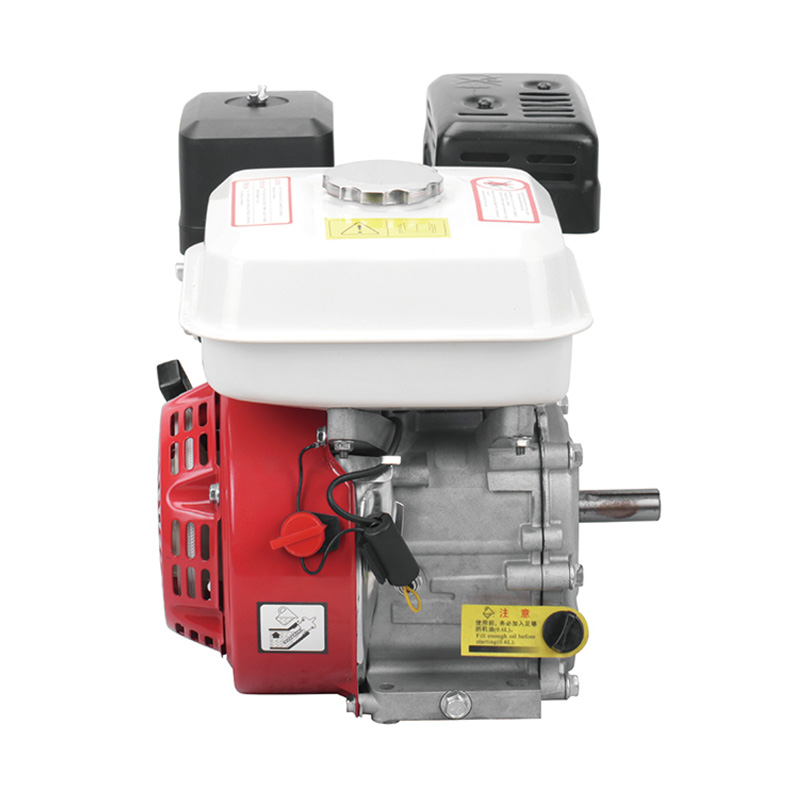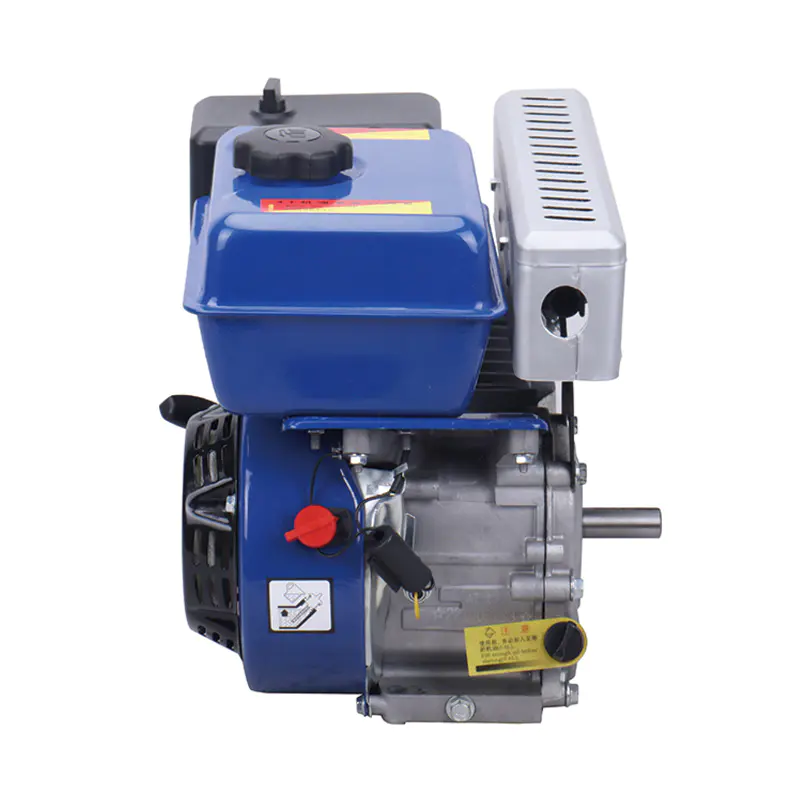Part 1: History of the 4-Liter Gasoline Powered Petrol Engine
The 4-liter gasoline-powered petrol engine has a rich history that traces back to the early development of internal combustion engines in the late 19th and early 20th centuries. Internal combustion technology gradually evolved from rudimentary designs using coal or steam into more compact and efficient engines fueled by gasoline. Early gasoline engines were primarily used in automobiles, agricultural machinery, and small industrial equipment, and their designs emphasized basic functionality, reliability, and ease of operation.
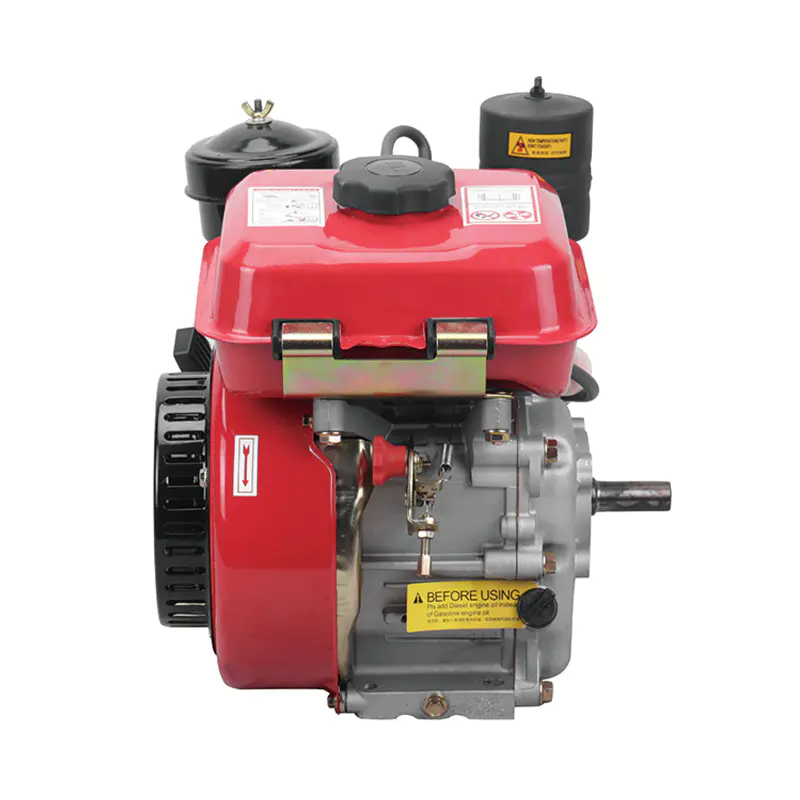
During the early decades of the 20th century, the automotive industry saw rapid growth, particularly in Europe and North America. Manufacturers began experimenting with engine displacement to meet increasing demands for power and performance. The 4-liter engine emerged as a practical solution for vehicles requiring higher output while maintaining reliability and manageable fuel consumption. Its larger displacement allowed for greater torque and horsepower, which was particularly useful for trucks, luxury cars, and performance-oriented vehicles.
By the mid-20th century, technological improvements such as better carburetors, ignition systems, and cooling mechanisms contributed to the refinement of 4-liter engines. Innovations in metallurgy allowed engine components like pistons, cylinders, and crankshafts to endure higher pressures and temperatures, increasing durability and efficiency. These developments established the 4-liter gasoline engine as a versatile power unit suitable for both commercial and recreational vehicles.
Furthermore, the post-World War II era brought a surge in consumer demand for higher-performance vehicles. Car manufacturers began standardizing larger displacement engines, and 4-liter gasoline engines became a common choice for mid- to high-end cars, trucks, and off-road vehicles. The historical significance of these engines lies not only in their performance but also in their influence on the design standards for modern engines, including balancing power output with operational reliability.
Part 2: Development and Modern Advances in 4-Liter Gasoline Engines
The development of 4-liter gasoline engines in recent decades has focused on efficiency, emissions reduction, and performance optimization. While early engines prioritized raw power, contemporary designs emphasize a balance between fuel economy, environmental standards, and mechanical durability. Advances in fuel injection, electronic engine management, and variable valve timing have transformed the operation of 4-liter engines, making them more precise, responsive, and energy-efficient.
One notable advancement is the adoption of electronic fuel injection systems, which replaced traditional carburetors. These systems allow for more accurate control of fuel delivery, optimizing combustion and improving both power output and fuel economy. Electronic ignition systems have also enhanced engine reliability, ensuring smoother starts, consistent performance, and reduced wear on components. Together, these technologies have increased the overall operational lifespan of modern 4-liter gasoline engines.
Another area of development is emissions control. Stricter environmental regulations worldwide have encouraged manufacturers to design engines with cleaner combustion, incorporating catalytic converters, exhaust gas recirculation, and advanced sensor technologies. These measures help reduce pollutants without compromising engine performance, ensuring that 4-liter gasoline engines remain suitable for modern automotive applications while meeting sustainability requirements.
Material science has also played a significant role in engine development. Lightweight alloys, improved steel grades, and high-performance coatings have reduced engine weight and friction, enhancing efficiency and heat management. This allows modern 4-liter engines to deliver higher performance while maintaining durability and reliability.
Contemporary 4-liter engines have benefited from hybrid integration and turbocharging technologies. Turbocharging increases power output without a proportional increase in fuel consumption, while hybrid systems allow for supplementary electric power, further enhancing efficiency and reducing environmental impact. These innovations demonstrate the continued evolution of 4-liter gasoline engines from their historical origins to advanced, adaptable modern power units.



 English
English русский
русский Français
Français Español
Español عربى
عربى